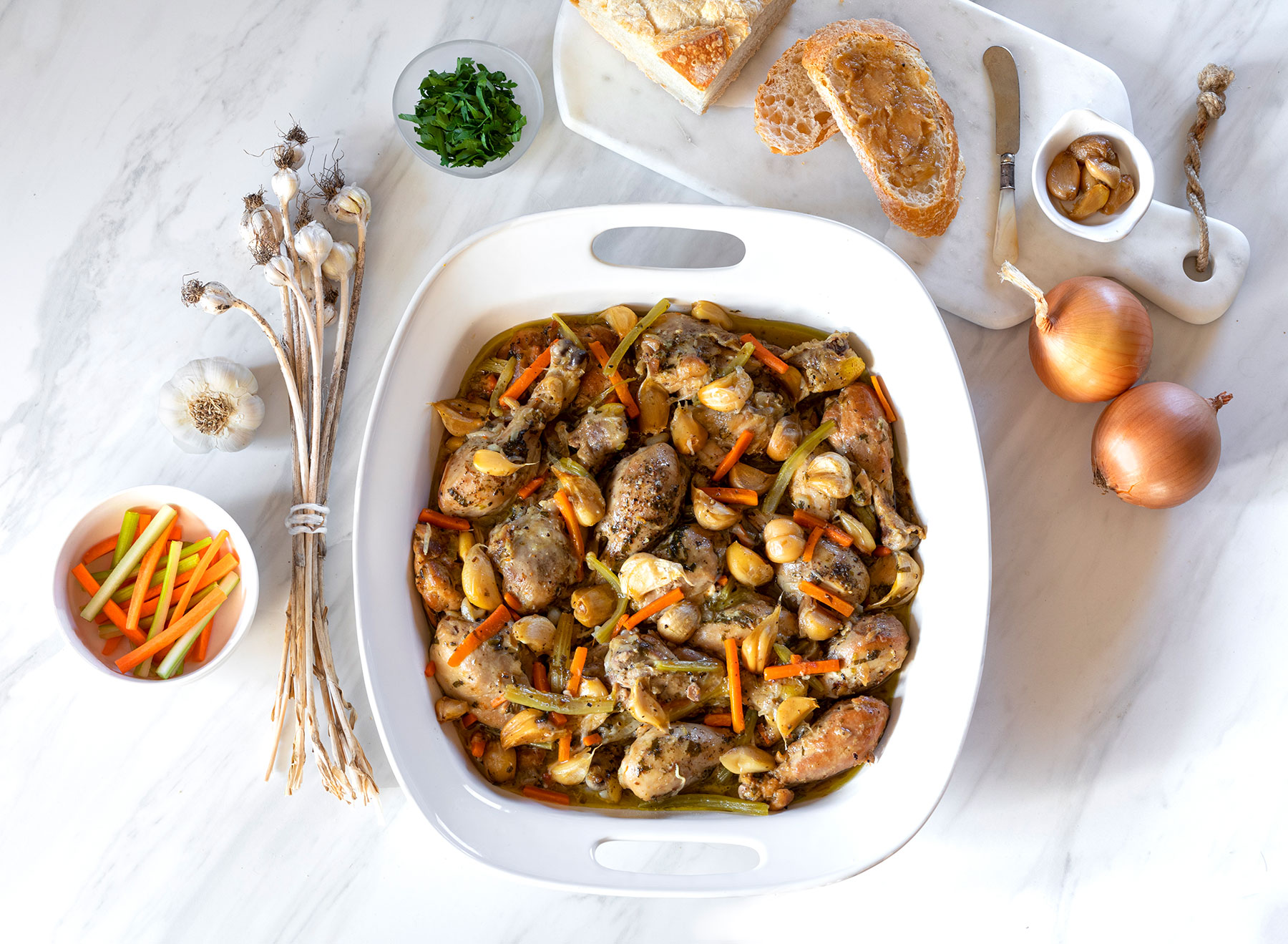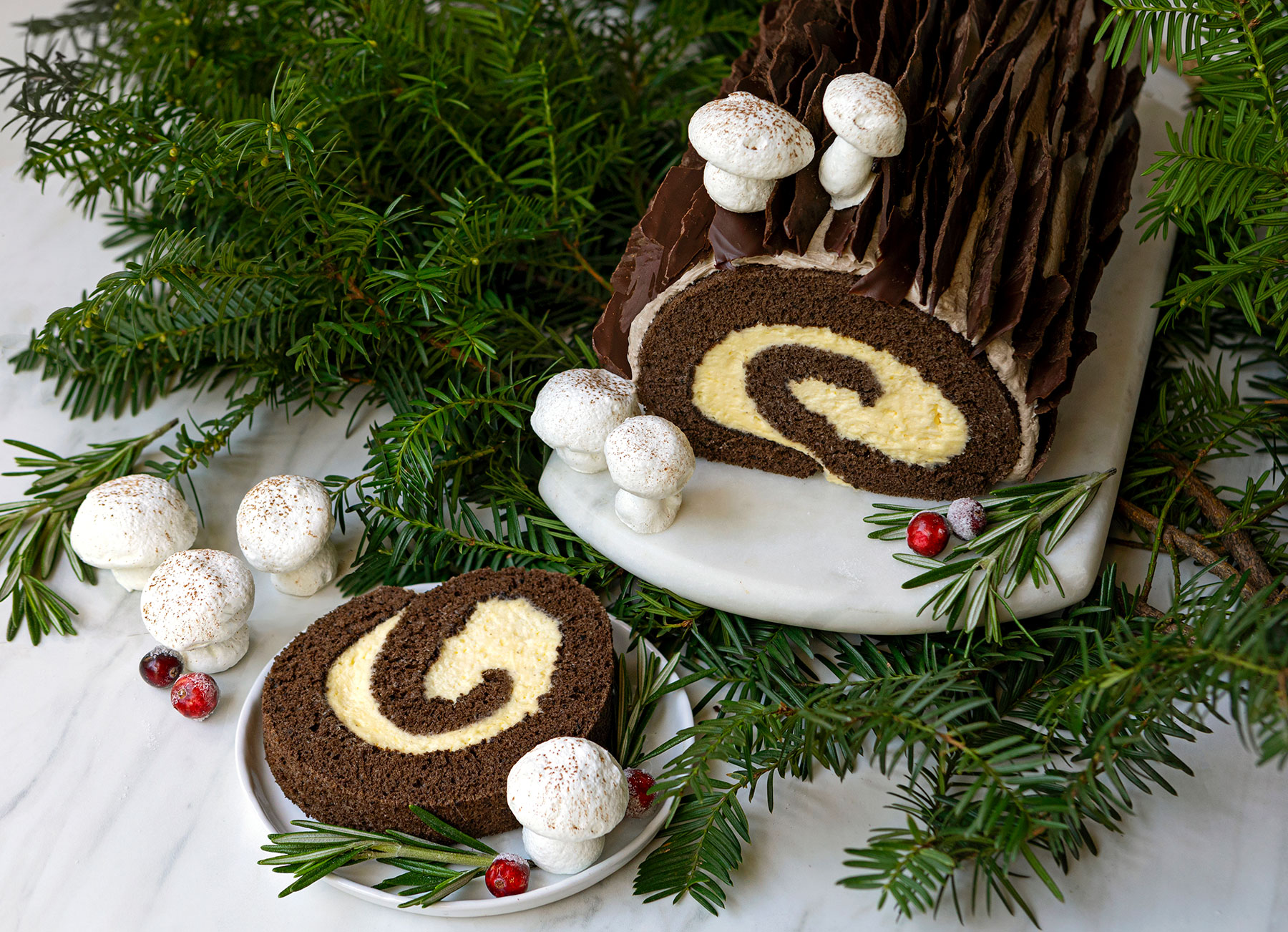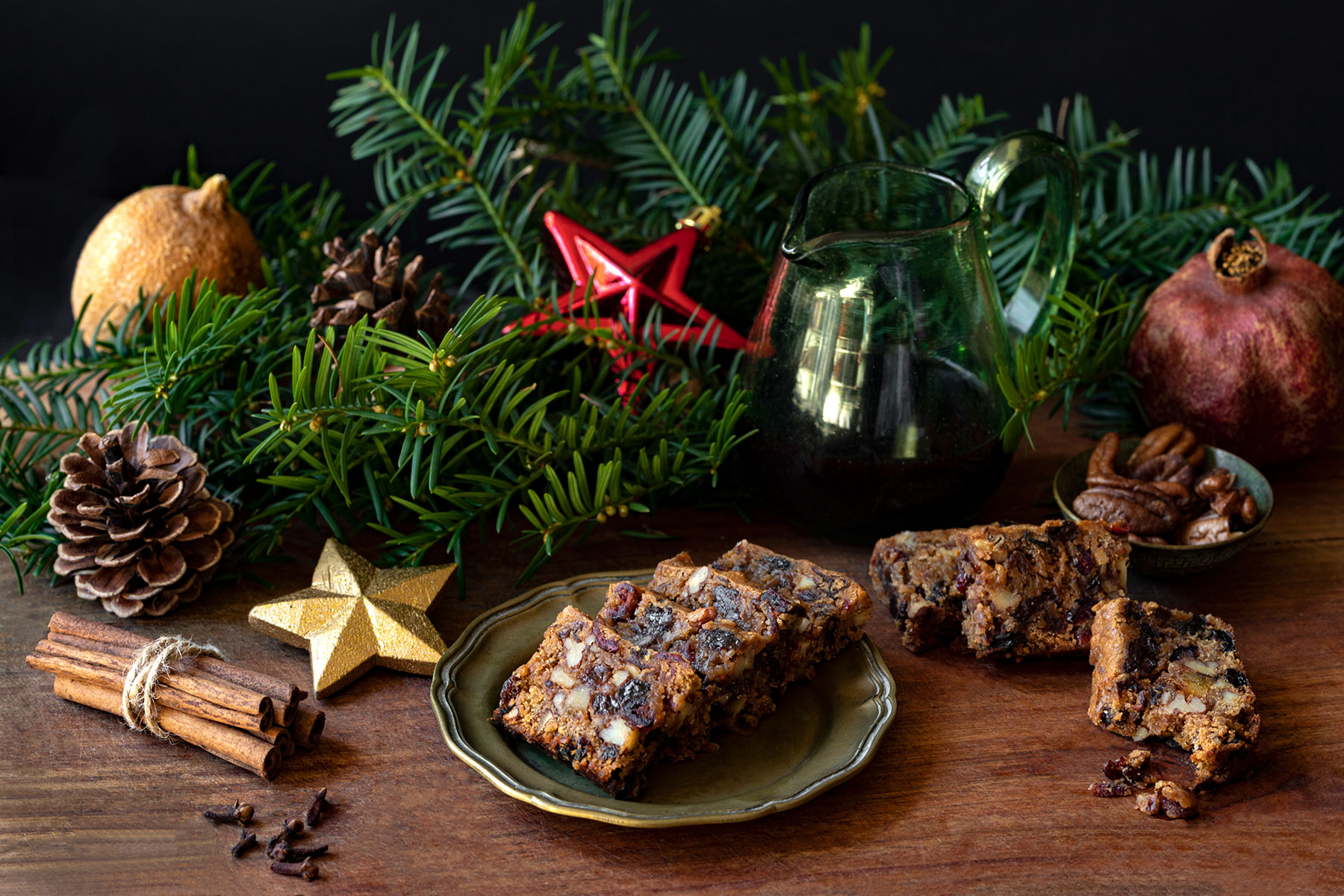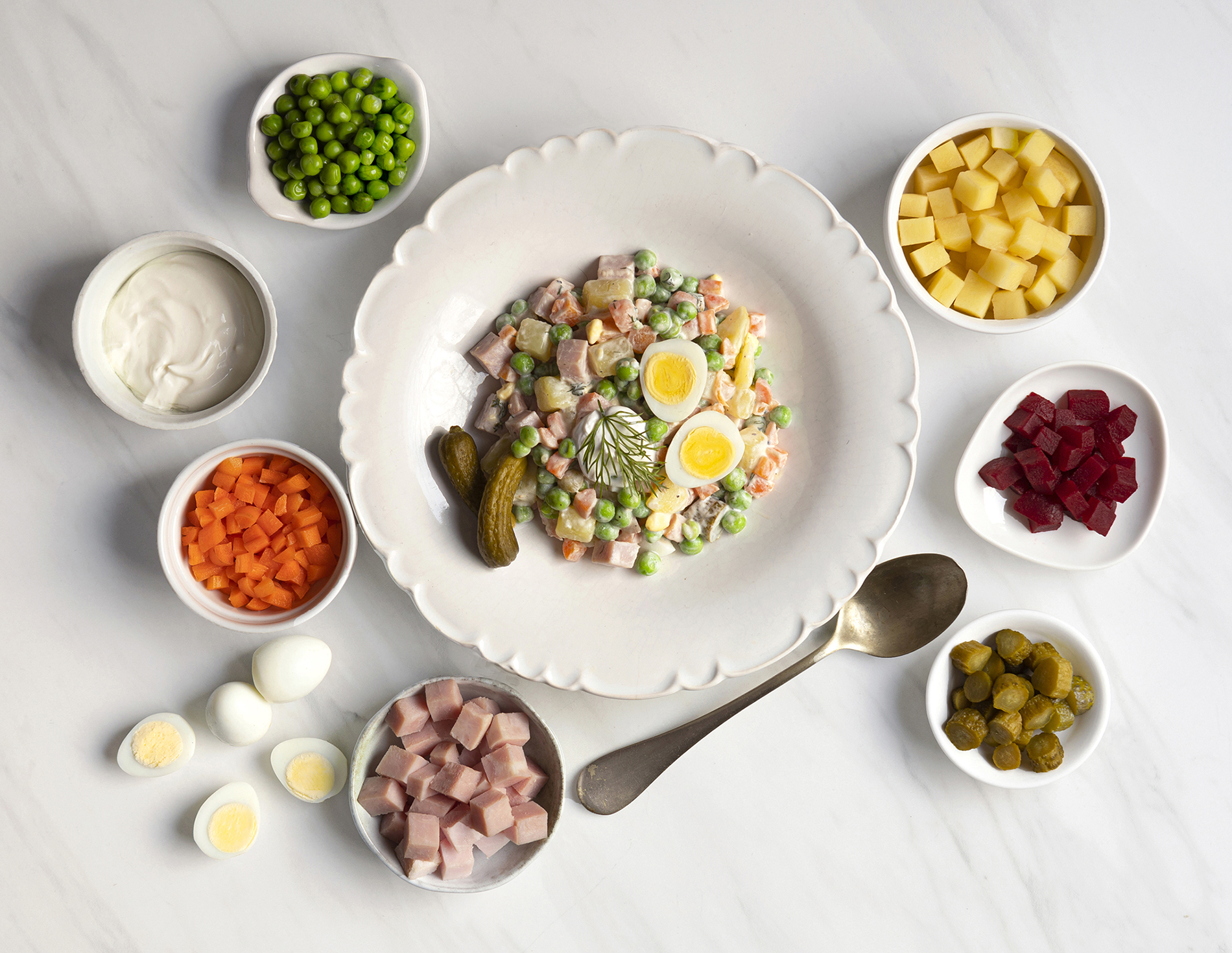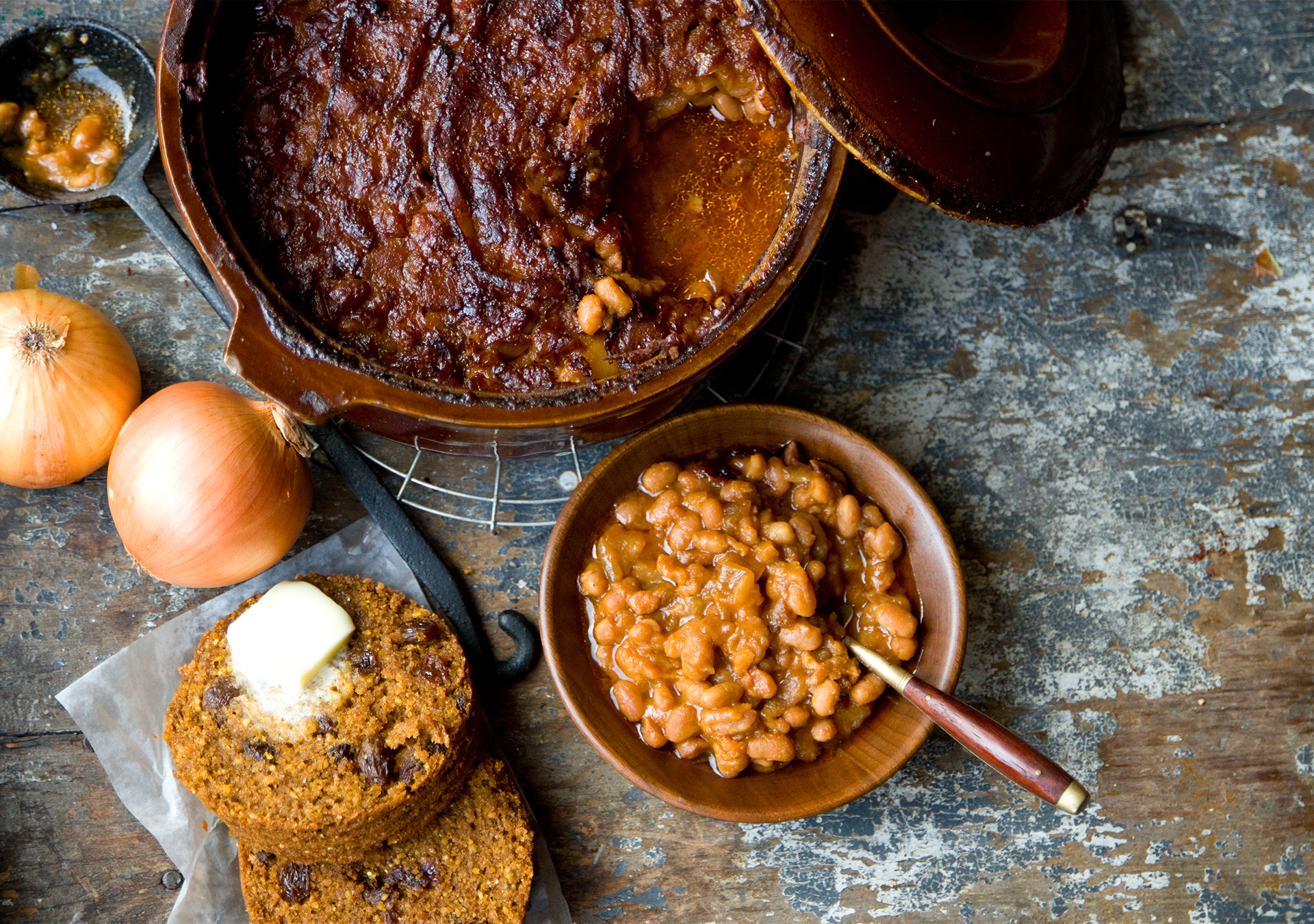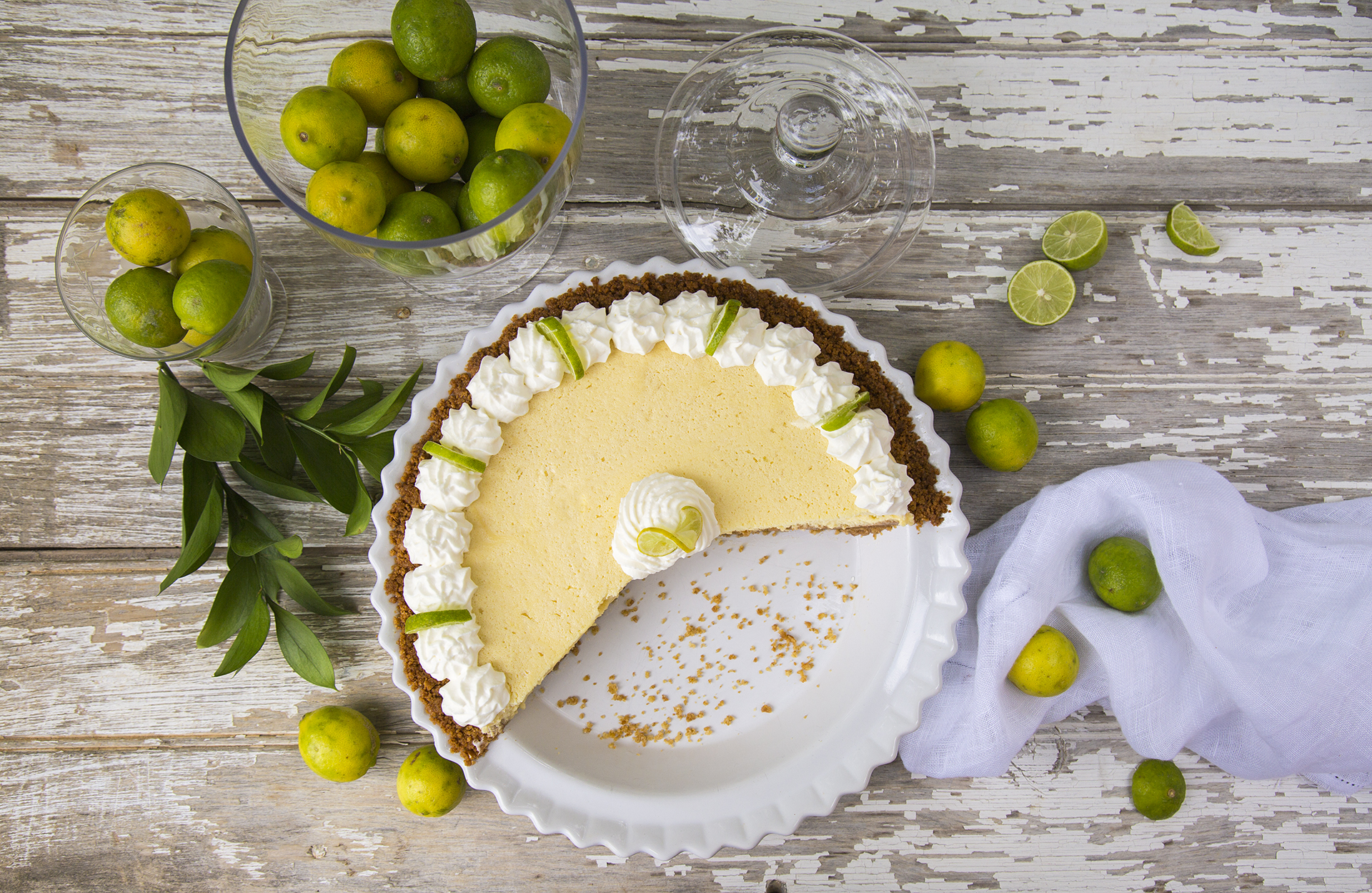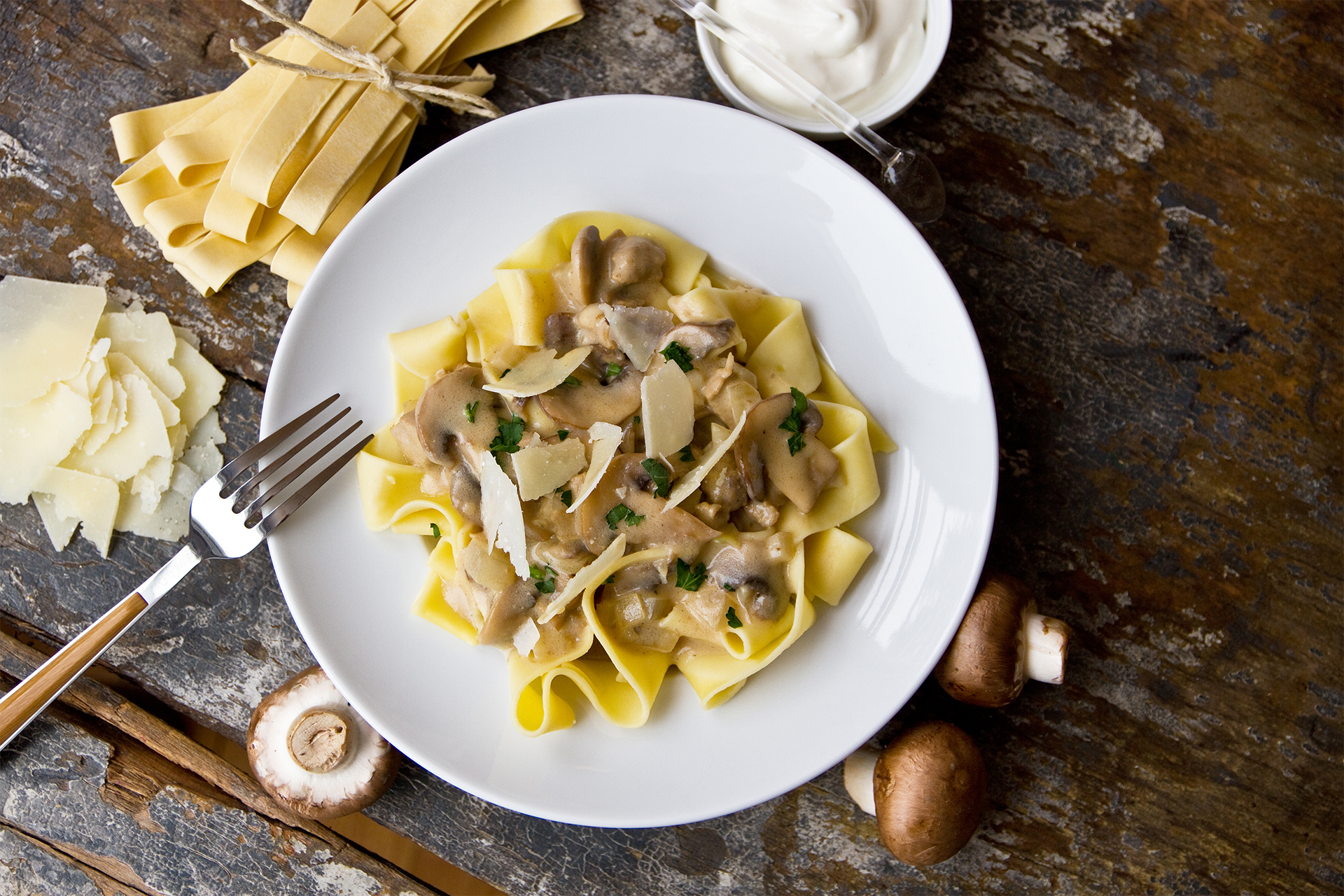When James Beard first whipped this up for Julia Child, he included matchstick-sliced carrot + celery plus slivered onion in the dish as we’ve done here—so very tasty. But for a less fatty version, we took out half of the olive oil and all of the chicken skin. You won’t miss it! We’ve also browned the chicken to add color before the long oven roast. The result is wonderfully rich and deeply flavorful. Serve the finished dish straight out of the Dutch oven, or, spoon all onto a platter. To save guests the trouble of plucking out the roast garlic cloves to squeeze and spread on crusty bread, we pull out about half of the cloves after baking, remove the skins and put the soft little dollops in a little crock to serve alongside the bread and chicken. Continue Reading…
Among our family’s Holiday-making traditions, filling rooms with boughs of evergreen is one of the brightest and best. As we bring armfuls of snowy branches in, there is freshness and chill, that wild citrusy conifer smell, and always, a swell of gratitude for nature’s provision. This celebratory cake, with its cute caps of meringue mushrooms, is a woodland fantasy in just that spirit.
In France, la bûche de Noël harks back to Medieval times and traditions. Then, placing a log on the hearth on Christmas Eve and burning it for three days was believed to bring good luck, and good harvest. Centuries later, cakes have replaced the log, with thousands of versions baked worldwide.
Like those, ours—a chocolate roll cake with vanilla mousse filling, light-chocolate buttercream and dark chocolate “bark”– conjures memories of favorite flavors from childhood. An elevated Hostess Ho-ho perhaps? Or Little Debbie Swiss Roll snack cake. We’ve included a recipe for crispy meringue mushrooms that fit the woodland motif and add a nice crunch when eaten with the cake.
To streamline assembly for when you bake the cake, the mushrooms, mousse and dark chocolate bark can be made ahead of time. The meringue needs to be made on a dry-weather day—rainy weather won’t work. And for best texture and flavor, you’ll want to refrigerate the finished cake at least an hour, and serve it very cold. Continue Reading…
My Mom had a pecan tree on the grounds of her childhood home in Houston. Long after she married and moved to Chicago to raise me and my sibs, Mom’s family sent a big box of pecans each year for the Holidays. How Mom beamed when she opened that box! Then, she pulled out a battered baking tin and set to work making a dark, rich, fruit and nut spice cake. This recipe is an easy-to-make updo of that, baked in a buttered 9 x 13-inch pan with loads of toasted pecans, plus brandy-soaked dried cranberries, Montmorency cherries, Thompson raisins, a smattering of plump prunes, and some candied orange bits. Buttery and chewy at the edges, and oh-so-tender in the middle, it is my favorite Holiday baked treat. It’s very good with a hot cup of tea, and even better with whiskey! For another delicious Holiday treat? Try our Chocolate-Dipped Walnut Brittle.
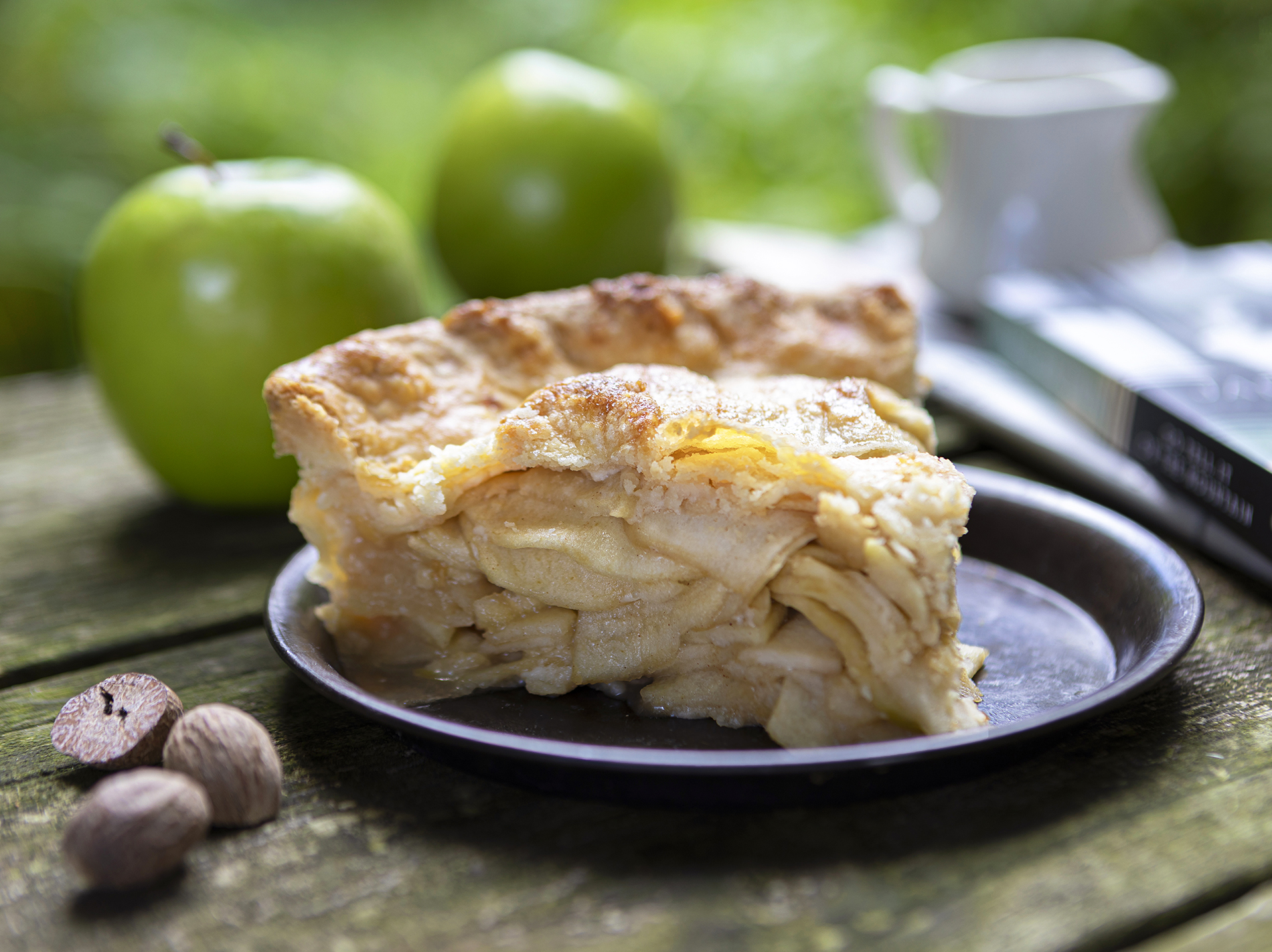 Good recipes are like friends, they come and they go. Some, you may not see for a long while, so when reconnected, it’s with a flood of happiness. Some you may take for granted. Others, you wish you could see much more of. Thinking of this, I realized that in all the years I’ve written about vintage recipes, I’ve never done a post about apple pie. Iconic. American. Just apple. Pie. It seemed about time.
Good recipes are like friends, they come and they go. Some, you may not see for a long while, so when reconnected, it’s with a flood of happiness. Some you may take for granted. Others, you wish you could see much more of. Thinking of this, I realized that in all the years I’ve written about vintage recipes, I’ve never done a post about apple pie. Iconic. American. Just apple. Pie. It seemed about time.
I do have a favorite. I’ve tweaked it over the years to make my own. It’s originally credited to a community cookbook writer’s grandmother I don’t know to name, but sure would like to thank. This pie is pure, homely and perfect. Continue Reading…
I laughed when I saw it. Delightedly chortled, more like, to see that the New York Times was running a recipe story featuring that thousands-of-renditions Slavic home food: Russian Salad. I’d just confessed my love for the stuff the day before to a friend, as if whispering a guilty pleasure. And now the Times had legitimized it. Classically a mosaic of colorful and carefully diced carrot and potato, plus peas and ham, bathed in mayo, I’d long ago found making variations on the Russian Salad theme to be a “treaty” way to eat veg. I make it using everything from trimmed stalks of broccoli (steamed the tiniest bit to tender them) or with celery root, jicama, radish, kohlrabi, and maybe a little cheese, skipping any meat inclusions entirely. But the classic version is good, too.
Near my house, Russian Salad is everywhere. Just travel up the road in Skokie-Evanston to the various mom-and-pop grocers and you’ll find it ready made both plain and fancy. Layered in clear bowls with piped swirls of cream on top, the fancy versions look like frilly parfaits.
As it turns out, fancy is actually a throw-back: The salad’s genesis was quite gourmet. Food historians place its origins in Moscow where a French chef named Lucien Olivier served it starting in the 1860s at the Hermitage restaurant, mixing in everything from caviar and crawfish tails, to capers and veal tongue. Oh, and Lucien slathered his in Provencal dressing. Post Russian Revolution, the salad took on the proletariat stylings that survive today.
With a nod to Olivier, my version of the current classic dolls things up a bit with home-made mayo, sour cream, dill, and quail eggs. Plus, pickled beets that you mix in at the very end.
My recipe also relies—as the NYTimes version does—on careful, even dicing. Trimming and cutting the ingredients to uniform size makes for good balance, mouth feel and presentation. P.S.—Don’t hold back on your own variations! Let me know what you come up with—I’d love to see. Continue Reading…
Despite the unfortunate Phaseolus vulgaris moniker—the American Common Bean category includes bunches of beloved, native-to-the-Americas beans: navy, red kidney, pinto, great northern, marrow, & yellow eye, plus garden variety edible-pod beans (string, stringless and snap.) It’s not clear which of these the New England colonists first stewed in a pot, but we do know baked navy beans started with Native Americans. The Narragansett, Penobscot, and Iroiquois wrapped navy beans in deerskins—or put them in earthenware pots, along with venison, bear fat and maple syrup and then baked the lot in hot-stone-lined pits. Puritans eschewed the deerskins, but took to bean-pot cookery because the long, slow cook times meant housewives could prepare the beans a day ahead, and in so doing, stick to Puritanical no-cooking-on-Sabbath rules.
The story of Key lime pie is delightfully odd, including Cuban sponge “hookers”, mystery aunts, canned milk and curing. The classic filling: sweetened condensed milk, egg yolks & lime juice, has been around since the mid 1800s.
Key limes, those leathery little yellow-green golf balls otherwise known as Citrus aurantifolia, once thrived in the Keys as a commercial crop. That was before the local lime growers figured out they could make more money running tourist fishing boats, and sold off their groves. Key lime trees still grow in Key West backyards, but the big groves are in Mexico Continue Reading…
When Count Pavel Alexandrovich Stroganov wasn’t busy commanding the Russian infantry in Napoleonic Wars, he feasted: Historians suggest that an early version of the stroganoff the world came to love was served in Stroganov’s family kitchens for a good number of years before it was published in a Russian cookbook in 1871. Early stroganoffs specified beef cooked in sour cream, with a little mustard, flour & butter and not much else. But by 1927, when the dish was first published in America (in The Congressional Club Cook Book: Favorite National and International Recipes), it had evolved to include onions, mushrooms, stock, Worchestershire sauce and even a little pureed tomato. Our version builds on a recipe that Gourmet magazine published in 1963. Like the early versions of the dish, it’s made with tiny cubes of meat (we chose veal) simmered in butter.
Continue Reading…
